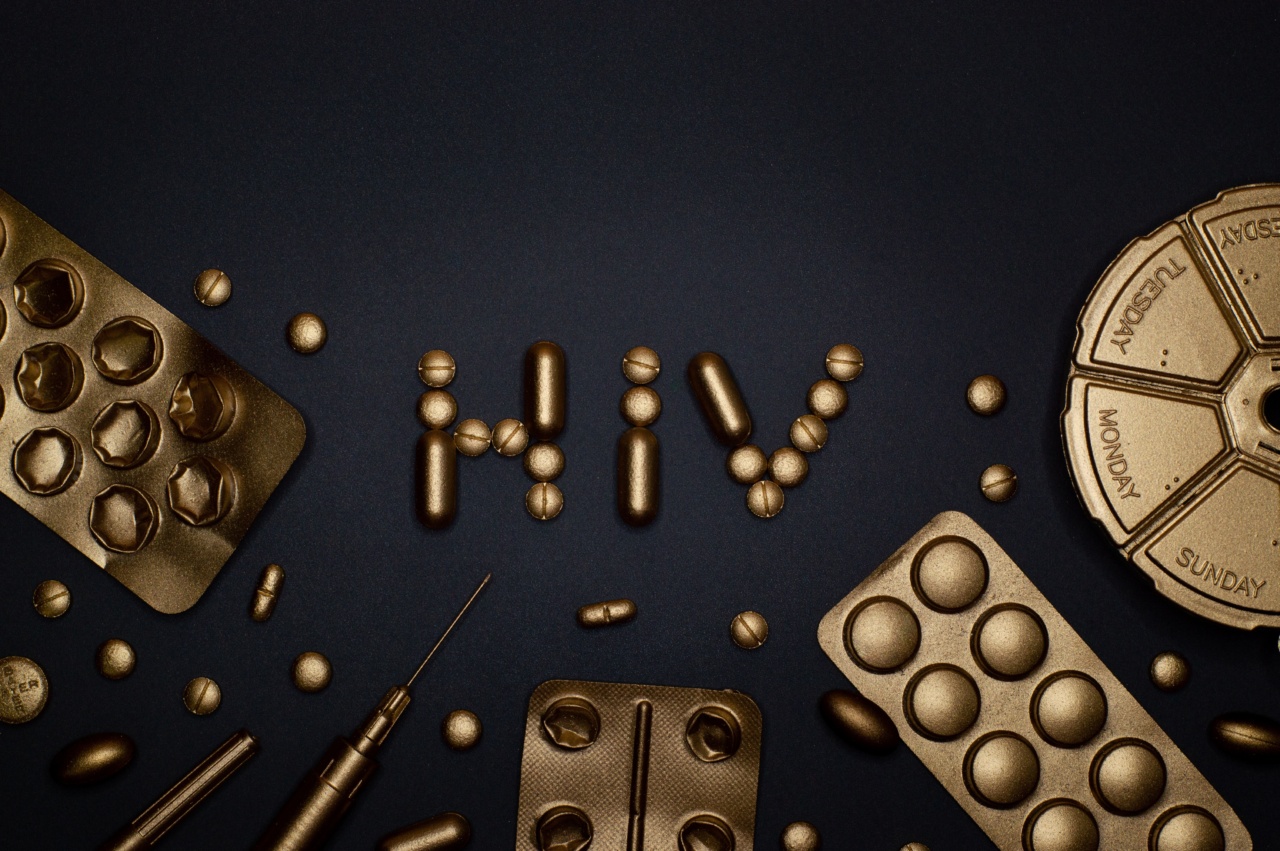HIV, short for Human Immunodeficiency Virus, is a condition in which the virus attacks the immune system, making the affected individual susceptible to other infections and illnesses.
HIV is spread through contact with infected blood, semen or vaginal fluid, and can also be transmitted from an infected mother to her baby during pregnancy, childbirth, or breastfeeding.
Current Statistics
The statistics surrounding the HIV epidemic are staggering. According to the World Health Organization (WHO), around 38 million people were living with HIV worldwide at the end of 2019. In the same year, 690,000 people died from HIV-related illnesses.
In the United States, the Centers for Disease Control and Prevention (CDC) reported that 1.2 million people were living with HIV at the end of 2018, with an estimated 38,000 new infections occurring each year.
Risk Factors
There are several risk factors that make an individual more vulnerable to contracting HIV. These include:.
- Unprotected sexual activity, especially anal or vaginal sex without a condom
- Sharing needles or syringes with an infected person
- Receiving a blood transfusion or organ transplant from an infected donor (rare in developed countries due to rigorous testing)
- Being born to an HIV-positive mother
Prevention and Treatment
While there is currently no cure for HIV, there are several preventative measures and treatments available. One of the most effective ways to prevent contracting HIV is through safe sex practices, such as using a condom during sexual activity.
Additionally, individuals who are at a higher risk for contracting HIV, such as those who inject drugs or have unprotected sex, can take pre-exposure prophylaxis (PrEP) medication to lower their risk of infection.
For individuals who have already contracted HIV, antiretroviral therapy (ART) can help manage the virus and prevent further damage to the immune system.
ART involves taking a combination of medications daily, and has been shown to greatly increase the lifespan and overall health of those living with HIV.
The Impact of HIV on Communities
The impact of the HIV epidemic extends far beyond those who have contracted the virus.
Entire communities are affected by the stigmatization and discrimination faced by those living with HIV, as well as the economic and social burdens created by the illness. In many cases, people living with HIV are denied adequate healthcare, housing, and employment opportunities due to their HIV status.
Additionally, HIV disproportionately affects marginalized communities, such as people of color and those experiencing poverty.
According to the CDC, Black/African American and Hispanic/Latino individuals are disproportionately affected by HIV in the United States, accounting for 42% and 27% of all new HIV diagnoses in 2018, respectively. The stigma and discrimination faced by these communities only exacerbates these disparities.
Conclusion
The HIV epidemic continues to affect thousands of people worldwide, and it is important to continue educating individuals on the risks of contracting HIV and how to prevent its transmission.
Additionally, it is crucial for society to recognize and address the systemic stigmatization and discrimination faced by those living with HIV, and work towards creating a more equitable and inclusive world for all individuals.































